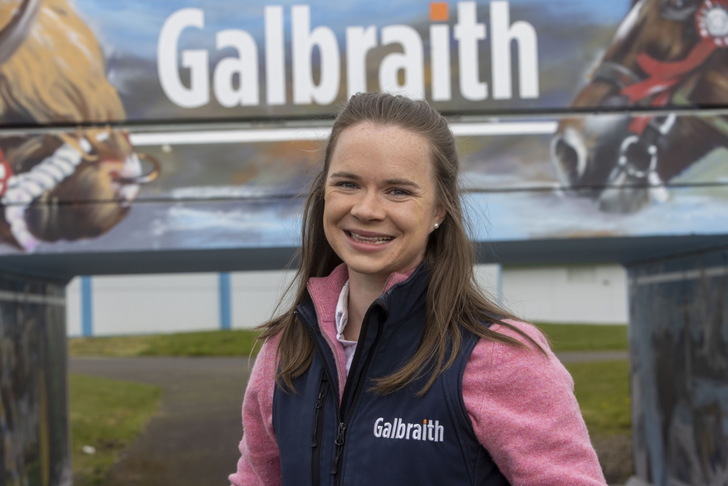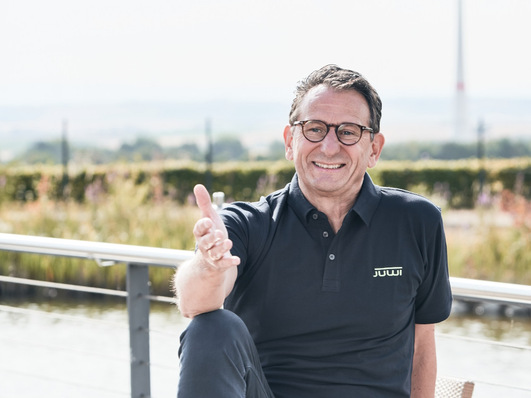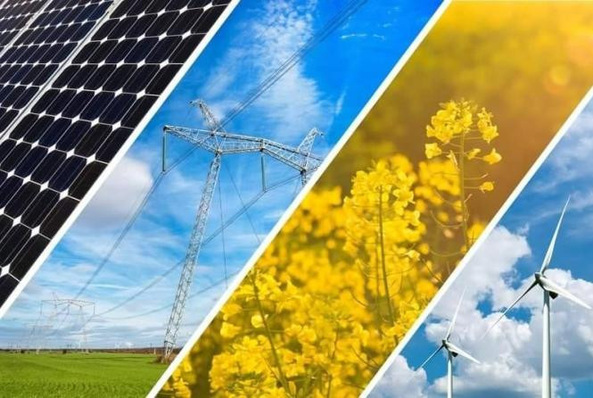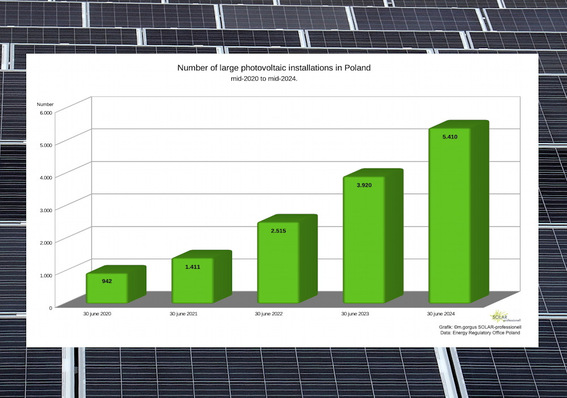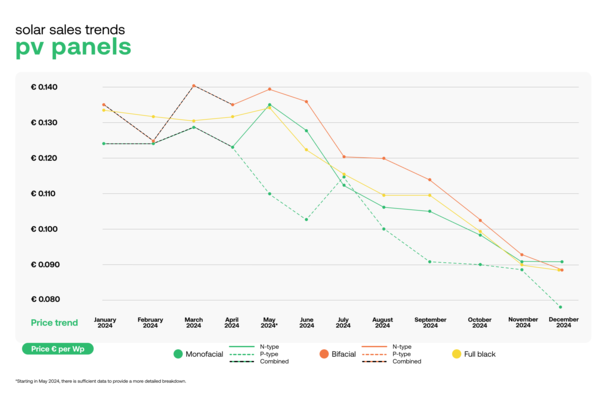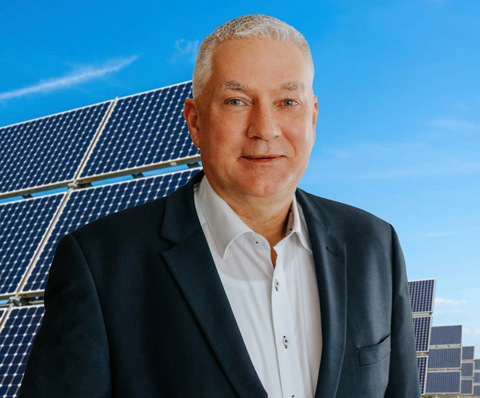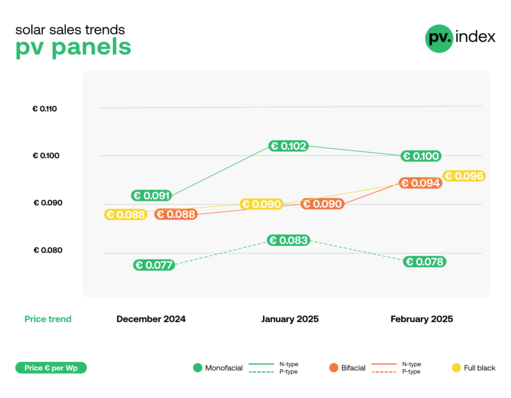Previously rare in the Scottish renewable energy mix, solar farms are seen as a significant renewables opportunity alongside off- and onshore wind and hydro power, according to Galbraith, the independent property adviser.
“When asked what the weather is like in Scotland, I am certain most of us would say ‘wet and windy’”, said Philippa Orr, a rural property adviser specialising in energy at Galbraith. “Most people may not associate Scotland with solar energy, but generating electricity from sunshine is becoming a significant rural industry.”
More megawatts per acre than ever before
A minority still mistakenly believes electricity-generating solar photovoltaic (PV) needs heat and cloudless skies to produce energy. In fact what is required is light or solar irradiance – the amount of electromagnetic radiation received from the sun per metre squared. Some solar PV installations in Scotland, such as in Dundee and Aberdeen, perform just as well as sites in the south of England because of Scotland’s slightly longer daylight periods.
“We see evidence that the growth in solar PV developments we are witnessing will benefit Scotland by helping to meet fuel poverty, community and national energy targets, as solar is one of the most versatile renewable-energy sources,” said Ms Orr.
“As the capital and operating costs for solar decline, energy market conditions will allow subsidy-free solar farms to compete with conventional generators. Technological advances mean solar farms are able to produce more megawatts per acre than ever before.”
Potential of agrivoltaics
Globally, it is not only the technology that is changing, but also ground management under the panels. In Scotland, sheep grazing and solar farms can go hand in hand, but warmer climates have seen the introduction of agrivoltaic systems enabling production of energy from solar panels and agricultural crops on the same area of land.
Also interesting: Taylor Wimpey East Scotland and Viridian Solar Work Together
Panels are placed strategically over part of the crop, generating shade that creates different microclimates, leading to increased freshness in the crop and lower losses from evaporation. However, the process requires special harvesting machines and the panels must be installed much higher off the ground.
Co-located energy projects
“This may not be a practice that we will see in the UK anytime soon because of climate constraints, but it shows advances are being made to solar technologies.”
Galbraith is progressing many solar heads of terms and more recently, seeing the introduction of co-located energy projects with the introduction of battery and/or hydrogen to further futureproof renewable projects. (hcn)
Did you miss that? Innovative solar building techniques for a new facility building at Prestwick


